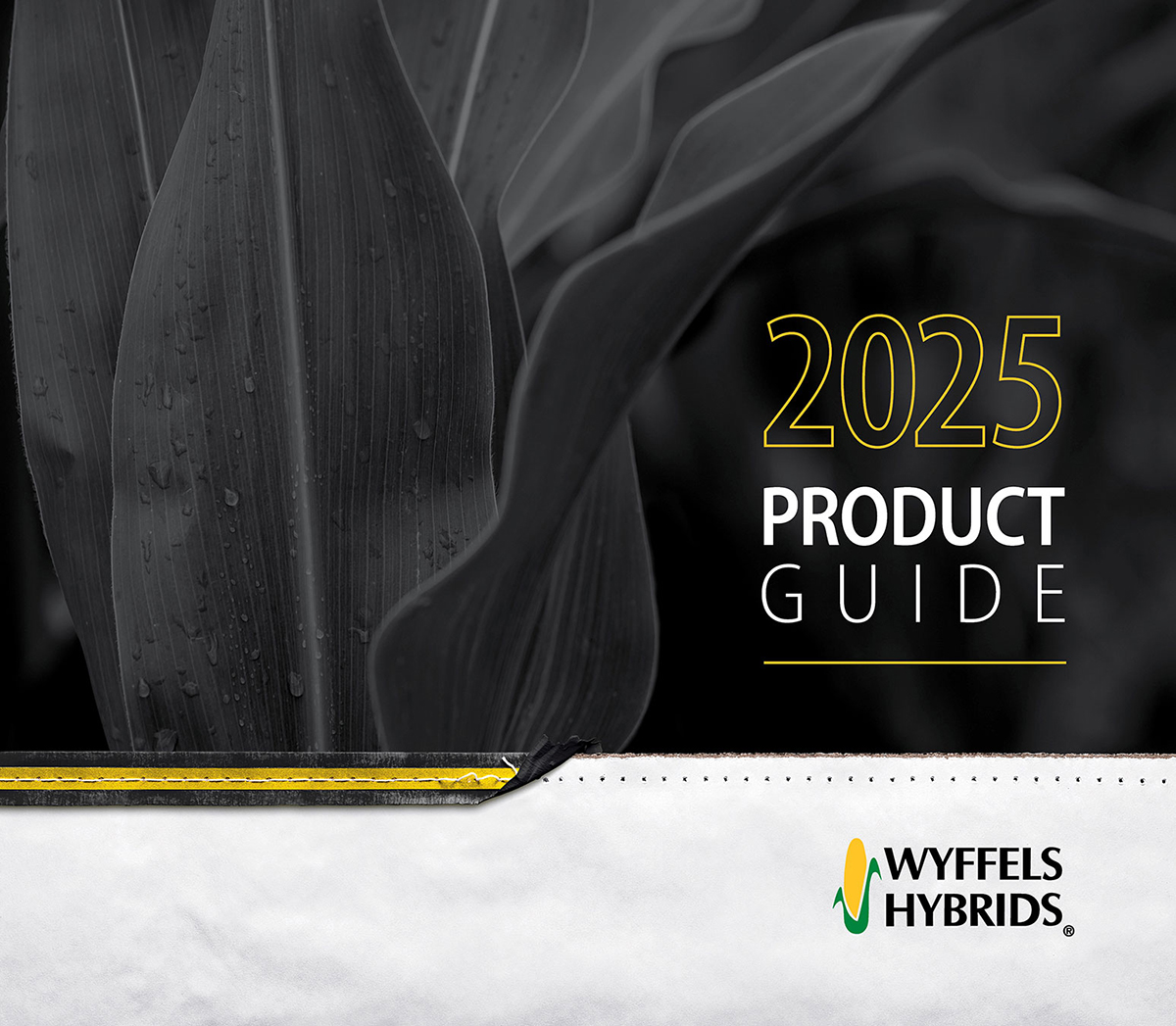Each year as corn growers scout fields after pollination to assess the size of their crop, certain areas may find evidence of uneven pollination or aborted kernels at the tip of ears. These are caused by different factors, and the severity will vary from year to year.
While there isn’t a way to regain the lost potential, understanding the cause can help you make management decisions to prevent it in future years. And an accurate assessment of yield potential will help you more effectively plan for harvest, grain storage and grain marketing.
A critical time
Pollination is an important time for a corn plant, and it requires a lot of water and nutrients to maintain high yield potential. After pollination, the corn plant switches nearly all of its resources to filling kernels, commonly referred to as the grain fill period. Plant health is critical during grain fill, and healthy leaf tissue, especially from the ear leaf up, is needed to maximize yield. Healthy roots are needed to intake essential water. And healthy stalk tissue is needed to transport sugars, water and nutrients and to structurally support the developing ear.
Stress on corn plants during pollination and grain fill can cause incomplete or sporadic pollination as well as ear tip die back. The timing and severity of the stress will determine the extent of the effect on yield potential. Incomplete pollination and ear tip die back can easily be confused. As you can see in the picture above they look similar, but are caused by stress at two very different times. To better understand each critical time we’ll look at some potential causes of stress during both pollination and grain fill and the effect they may have on the plant.
INCOMPLETE POLLINATION
Sporadically pollinated ears have a normal size cob and appear full in diameter, so it won’t seem apparent until more intense scouting is done. Poor pollination occurs most often when silk emergence is not synched with pollen shed. It can be caused by many environmental factors such as heat, drought, excessive water, nitrogen deficiency, lack of sunshine, seedling disease, herbicide damage or compaction.
Ear tip dies back
Tip die back occurs when the plant senses there aren’t enough resources to fill all kernels set on the ear, causing it to abort kernels at the tip to concentrate energy on filling the remaining kernels. As you’ll see from the table below, potential for yield loss depends greatly on the timing of stress during grain fill. If this occurs early in the grain fill period it is difficult to distinguish aborted kernels from non-pollinated kernels. Silks will remain attached to kernels that weren’t pollinated for a few weeks. Regardless, the end result of an aborted kernel is the same as a non-pollinated kernel: Yield loss.
Many of the same stresses that can cause incomplete pollination will also cause ear tip die back if they happen during grainfill. Stresses like drought stress, excessive moisture, disease, and high night temperatures (over 70⁰ F) can all lead to ear tip die back. In addition to those, there are a few more factors that could lead to the loss of ear tip kernels.
Consecutive cloudy or overcast days – Photosynthesis is slowed in low light intensity which limits the amount of sugar availability for developing kernels.
Variable seedling emergence – Late emerging plants are at a competitive disadvantage to their neighboring early emerging plants. The late plants will often have smaller ears with more tip back.
High plant population – Higher plant populations increases plant competition for light, nutrients, and water. A small amount of tip back is not necessarily a bad thing if the kernels lost at the ear tip is compensated by more ears per acre.
Large kernel set – In years with ideal conditions from V6 to tassel, corn will establish a large number of potential kernels to fill. If the plant senses that it is not able to provide the necessary resources to fill a large potential kernel number, it will pull back the kernels at the tip of the ear. In situations where plants aborted some kernels at the tip but kernel length is still 30 to 35, yield potential is still very high.
CONCLUSION
Pollination and grain fill are very important times in a corn plant’s life cycle, and stress on the plant during ear development and pollination can have a serious impact on final yield. Some causes are environmental and out of your control, but others can be prevented. Keeping the plant healthy is important going into the pollination and grain fill period. Identify the cause of issues found so that you can take action to prevent them in the future.
